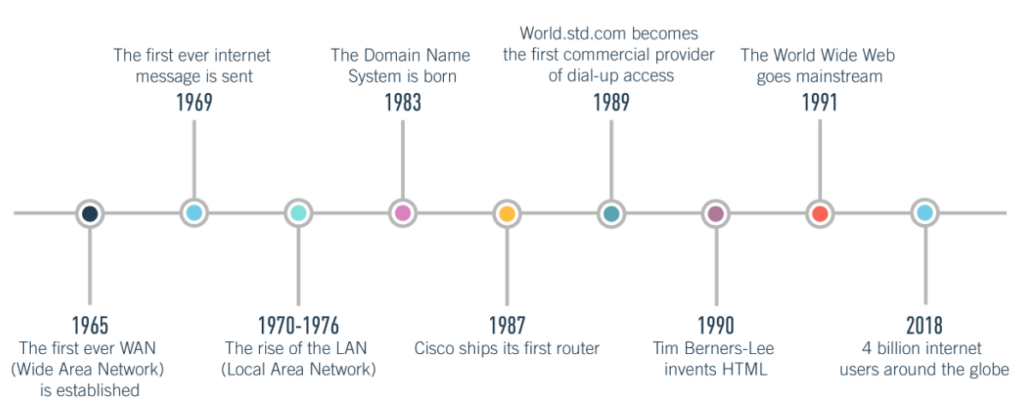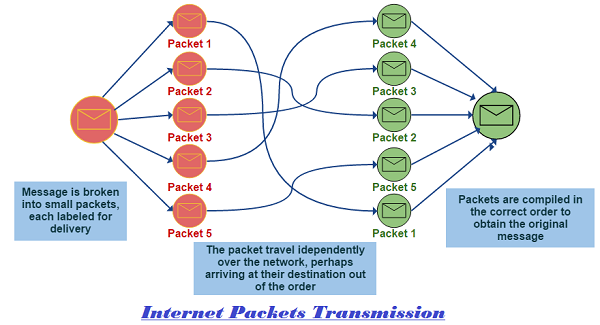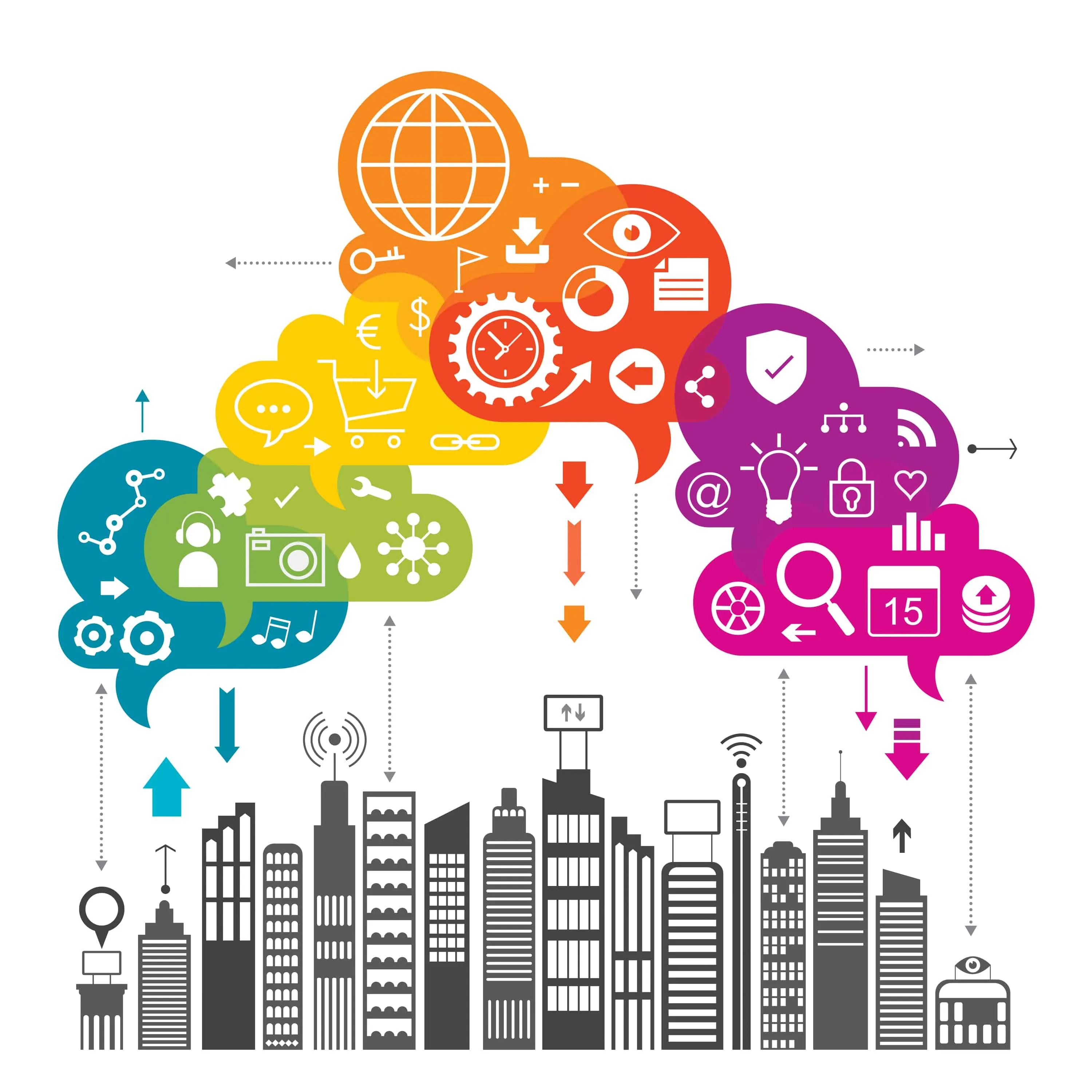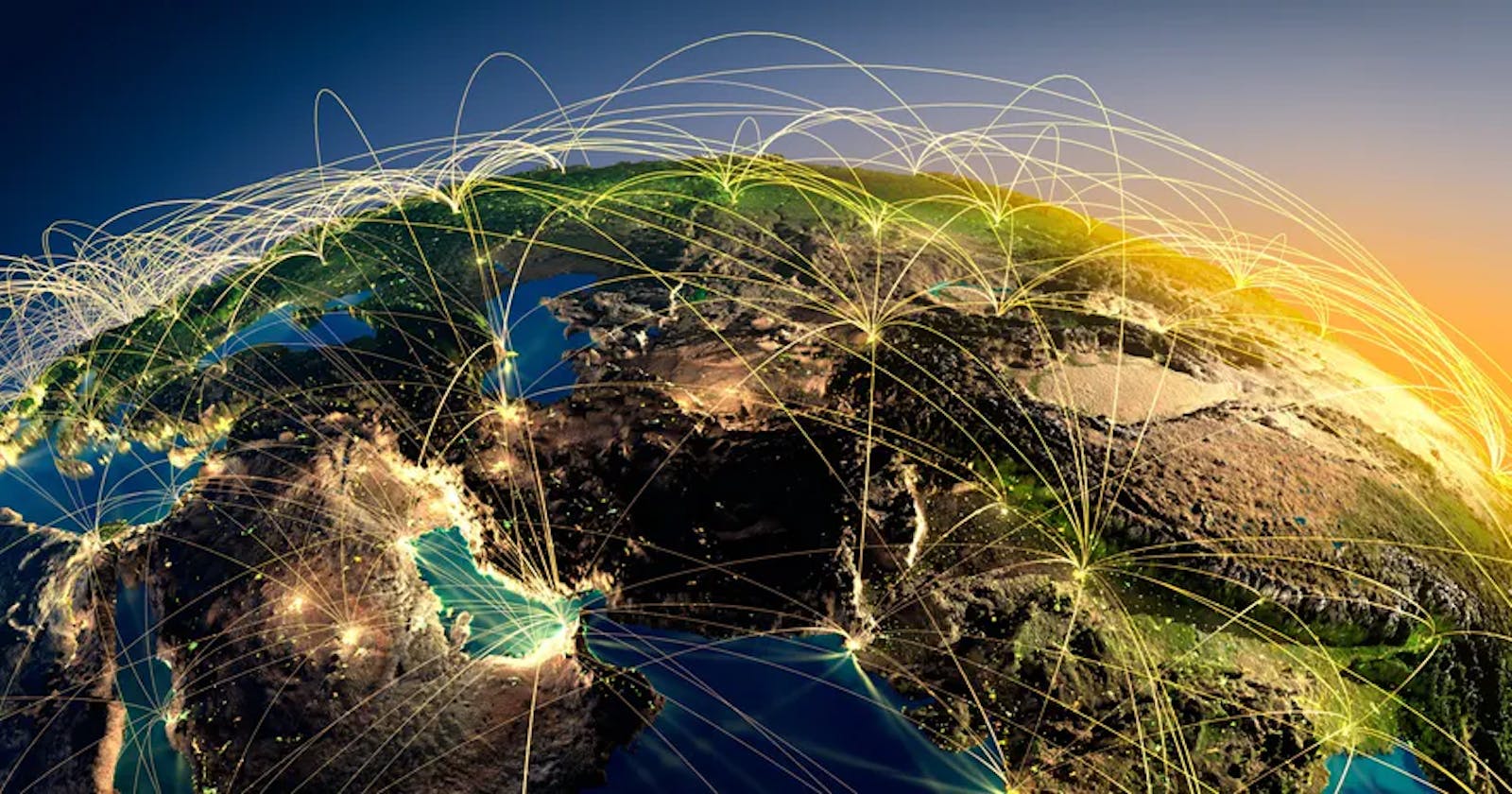What is the Internet of Things?

The Internet of Things (IoT), sometimes called the physical Internet, is the interconnectivity of physical objects and data input and output. IoT transforms how we do business and live our daily lives. But there's a core of it all, the internet! The holy grail that is seamless internal connectivity.
The Internet!

The internet is a non-physical global system of interconnected computer network that uses a set of foundational communication protocols (TCP/IP) to communicate between networks and devices.
The history of the internet dates back to the development of a method of grouping data that is transmitted over a digital network and into packets.

This research project, originally known as ARPANET, was commissioned in the 1960s by the US Department of Defense to enable the sharing of a computing resource among many users at the same time.
In the last fifty plus years, technology and the functionality of the internet have since transformed to become the convenient systems we use in our daily lives.
How does the Internet work?

Remember those foundational communication protocols we spoke of earlier? Let's re-visit that. TCI/IP stands for Transport Control Protocol and Internet Protocol architecture.
The internet works by using a packet routing network that follows the Transport Control Protocol (TCP) and Internet Protocol (IP). These two protocols work together to ensure that data transmission across the internet is consistent and reliable, regardless of your location or type of device being used.
When data transmissions across the internet, it is delivered in messages and packets. This transmission is called a message, but before messages are sent, they’re broken up into tinier parts called packets.
What are Packets?

A packet or network packet in computer networking, is a unit of data formatted through packet switching — the primary basis for data communications in computer networks worldwide.
A packet consists of control information (header) and user data (payload). Networking hardware uses data in the header to direct the packet to its destination, where the payload is extracted and used by an application.
Control information then provides data for delivering the payload such as: source and destination network addresses, error detection codes, or sequencing information.
Network Addresses

Every computer connected to the internet is required to have a unique address because the internet as we know, is a global network of computers. This unique address is known as an IP Address.
IP is a system of rules that govern how information is sent from one computer to another computer over an internet connection. Using a numerical address (IP Address), the IP system receives further instructions on how the data should be transferred.
The IP then works with the Transport Control Protocol (TCP) to ensure transfer of data is dependable and reliable. This helps to make sure that no packets are lost, packets are reassembled in proper sequence, and there’s no delay negatively affecting the data quality.
Protocols

A major challenge that the creators of the internet had to solve is the ability to connect two computers, so that both computers could run different softwares and use different hardware. This problem was solved with protocols.
In computer networking, a protocol is a standardized way of performing certain actions and formatting data so that two or more devices are able to understand and communicate with each other.
There are protocols for sending packets between devices on the same network (Ethernet), for sending packets from network to network (IP), for ensuring those packets successfully arrive in order (TCP) and for formatting data for websites and applications (HTTP).
In addition to these foundational protocols, there are also protocols for routing, testing, and encryption — a process of converting human-readable plaintext to incomprehensible text that only authorized parties can understand.
In Conclusion

The Internet has come a long way since its inception as a Defense Department research project. It has completely changed the way we live, collaborate, and learn. But it wasn’t always this way, neither was it so popular. For instance, pewresearch found that in the year 2000, only 52% of US adults said they used the internet; but in 2018, that number jumped to 82%.
Different types of hardware, software, and infrastructure go into making the internet work for everyone. Understanding these concepts, underlying infrastructure and technologies are all fundamental to how the internet works.
One thing is for sure? The internet is here to stay! Cheers to many more years of data sharing and information transfer to create a web of interactions that people all over the world can access and understand.
🥂
